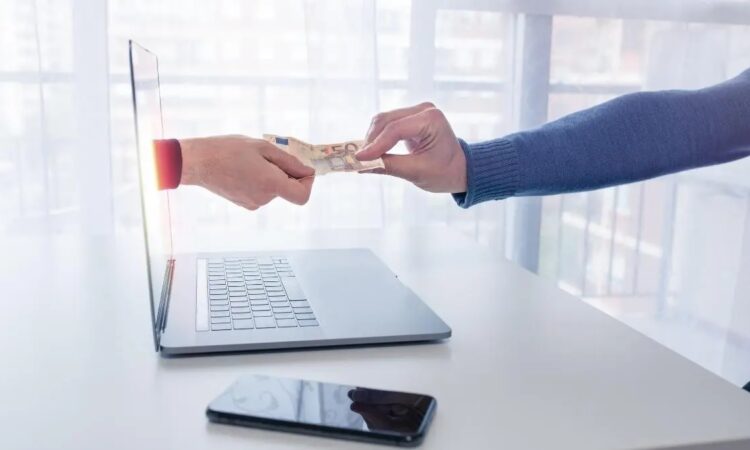
The micro-payments, incremental real-time transactions a few pennies, reshaped how consumers manage money and savings. By turning many purchases into ongoing streams of micro-expenses, they change the psychology and patterns around costs. Could micro-payments disrupt traditional saving behavior and financial planning? Let’s explore some of the key ways this transaction model may impact spending, saving, and budgets.
Fostering a “pay-as-you-go” mentality
Micro-payments promote paying on demand for exact usage rather than fixed upfront purchases. This pay-as-you-go model could diminish the savings habit of buying assets for later use. Why save upfront when you only pay for what you use at the moment? Media, software, and transportation demonstrate this shifting attitude.
Discouraging bulk purchases
Big bulk buys to stock up and save could decline as consumers know they can pay micro-fees effortlessly anytime. Smaller, more frequent purchases may replace savings strategies like buying toilet paper in bulk or filling up a freezer. Just-in-time micro-spending reduces incentives to purchase ahead.
Limiting lump sum saving goals
The always-available option of 소액결제 might deters consumers from setting aside large lump sums for big purchases. Rather than save up for a $500 console, it may be more tempting to unlock game features through microtransactions over time.
Promoting good saving habits
On the other hand, some experts believe micro-transactions could train consumers to be incremental savers. Learning to budget many small expenses could establish skills and diligence that translate to saving money in bites.
Obscuring total costs
Compared to clear one-time purchases, the ongoing drip of micro-payments makes it harder to conceptualize the full costs over time. This could inhibit big-picture spending and savings plans when costs feel diffuse.
Increasing impulse purchases
Easy micro-payments may lead consumers to spend more on impulse without consideration. Rather than evaluating costs in totality, micro-expenses feel negligible. This diverts funds from savings.
Diminishing savings buffers
With easy access to micro-loans, media, services, and more, the need for emergency monetary buffers may decrease. On-demand micro-payments reduce the precautionary savings many hold for contingencies.
Raising personal debt levels
Some analysts warn that micro-payment-powered services could facilitate higher consumer debt through unseen subscription costs. Lacking payment friction allows overextension without realizing it.
Driving new budget approaches
As micro-payment usage grows, consumers may shift budgeting tactics to account for recurring small costs amid reduced large outlays. Usage caps, prepaid buffers, spend tracking and other innovations could help manage.
Spurring new financial tools
Micro-payment platforms incorporate tools to encourage smarter spending and savings. For example, subscription management features, payment notifications, and digitized change jar concepts that divert pennies from purchases to savings.
Empowering micro lending
In developing nations, micro-payment facilitated microlending enables more accessible borrowing and saving in very small increments that suit more people’s financial lives. The sweeping consumer adoption of micro-payment models could have a profound influence on spending habits and savings strategies. While potential drawbacks exist like reduced lump investments and emergency buffers, new financial tech innovations and management approaches can maximize the advantages. The key will be utilizing micro-payments to promote informed, incremental saving vs. thoughtless impulse overspending. If harnessed smartly, they could democratize disciplined saving and borrowing at micro-scales.




